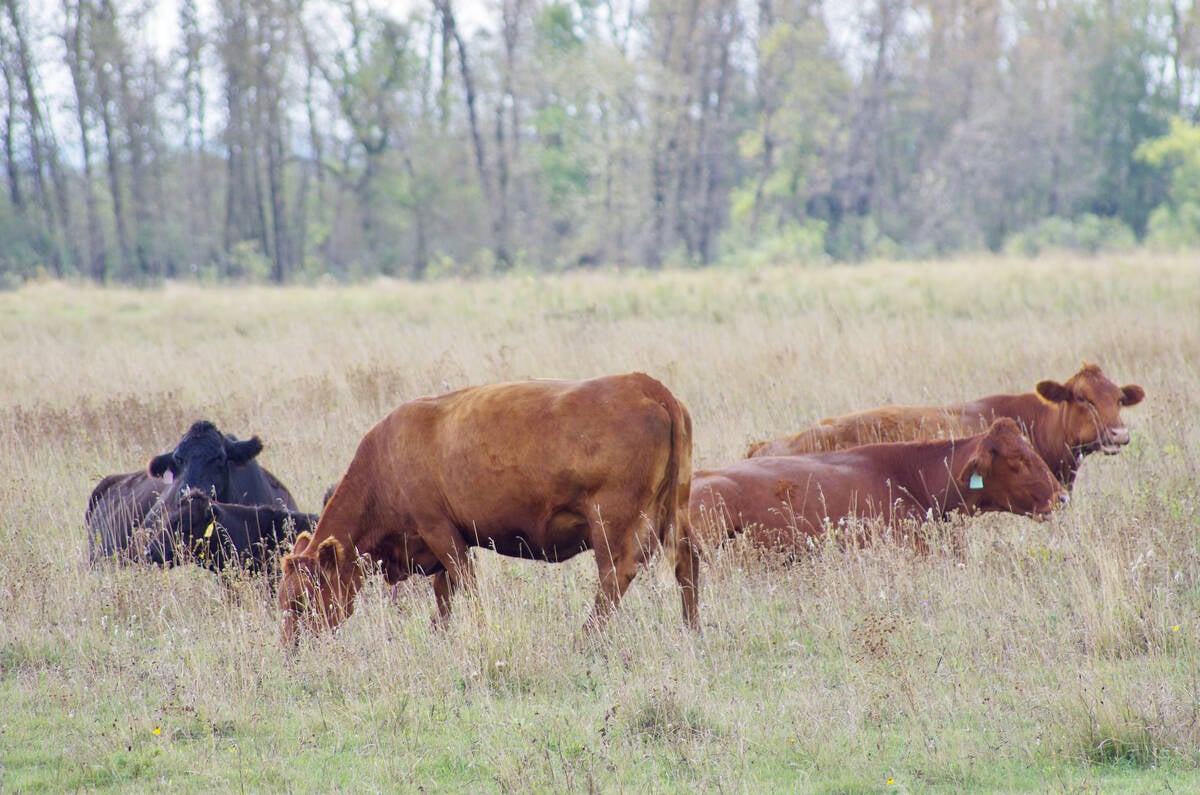ICE Futures Canada canola contracts dropped sharply during the week ended April 3, backing away from nearby highs as a downturn in the Chicago soy complex spilled over to weigh on values.
The canola market is expected to continue to take its direction from soybeans, although relatively supportive fundamentals should limit the downside potential.
“Canola will follow whatever the beans do,” said Wayne Palmer, senior market analyst with Agri-Trend Marketing in Winnipeg.
However, he added, canola has held up relatively well compared to soybeans over the past week, and may start to divest itself somewhat from the U.S. futures on the Chicago Board of Trade (CBOT).
Read Also

U.S. livestock: Chicago cattle futures climb on post-Thanksgiving trade
Chicago | Reuters – Chicago Mercantile Exchange’s live and feeder cattle futures ticked up on Friday in a day of…
“If the beans get trashed, canola will go down a little bit less,” Palmer said, adding that “if the beans start to rally, canola will rally as well because the S/D (supply-demand picture) is very tight.”
Any potential losses in canola should also be supported by a lack of farmer selling. Canola was “a great cash crop” for farmers this year, and anything that is left unsold now will likely be held as a hedge against what happens with the 2013 crop, said Palmer.
In addition, the heavy snow cover and slow spring thaw across much of Manitoba and Saskatchewan are leading to concerns over flooding and planting delays, he said.
Those concerns are limiting forward pricing on the new crop, with open interest in the new-crop November futures substantially lower at this time compared to last year.
Palmer said it was still too early to alter acreage intentions in Western Canada, “but if we’re in this same situation in 10 to 15 days, producers will need to start thinking of shifting (some acres).”
— Phil Franz-Warkentin writes for Commodity News Service Canada, a Winnipeg company specializing in grain and commodity market reporting.















